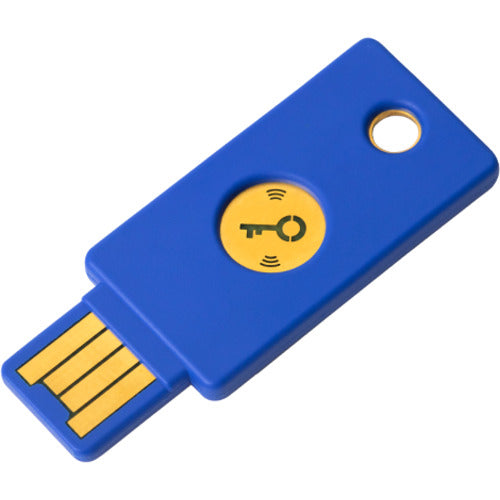


I’ve recently purchased a new YubiKey 5 NFC (near field communication) for $45 on Amazon. Looking around revealed a whole new generation of YubiKeys with different feature sets. I was juggling Google Authenticator as my default OTP generator and using the YubiKey only in my laptop as a security key. However, I wanted to revisit my process after buying a new Google Pixel 4 XL to replace my Google Pixel 2 XL (I use Google Fi). It has worked without any issues across GitHub, AWS, Azure, Google, Windows Hello, and many others. I’ve been using a YubiKey 4 USB-A edition security key for almost 2 years to provide a “what you have” factor to the security equation. The multiple factors of authentication consist of three types: what you know (passwords, codes), who you are (biometics), and what you have (tokens, badge, ID). I personally use a combination of an encrypted password vault to store secrets and Yubico’s YubiKey to act as my security key and Google Authenticator as my one time password (OTP) generator. It’s relatively easy for folks to get your passwords these days – especially with the frequent vendor breaches – making something like two-factor authentication (2FA) or multi-factor authentication (MFA) a necessity. Securing your access to resources should be top of mind. 4 YubiKey Security Key Configuration for Android NFC.


 0 kommentar(er)
0 kommentar(er)
